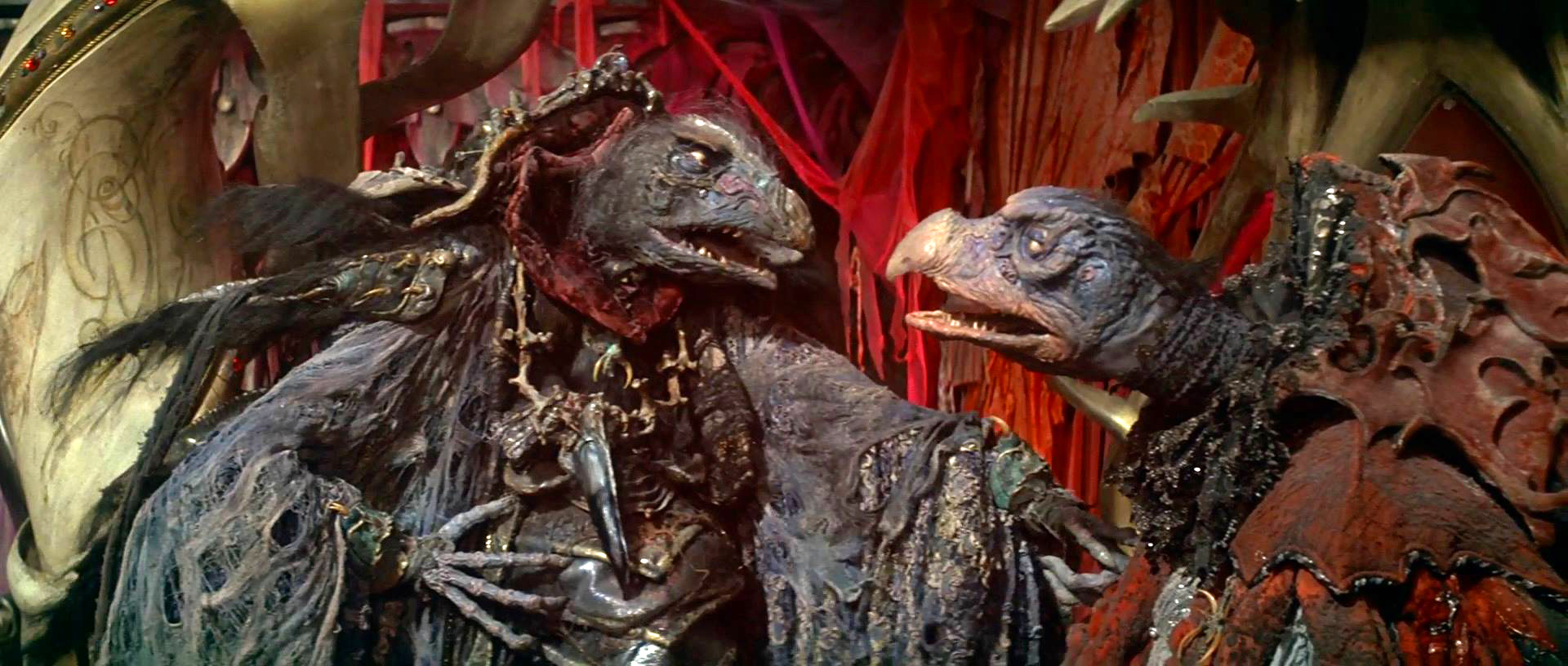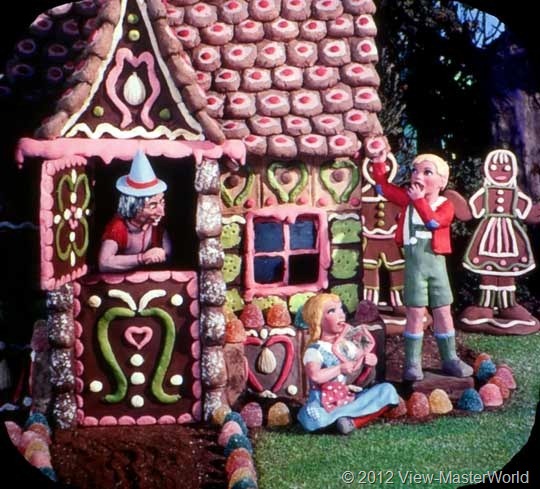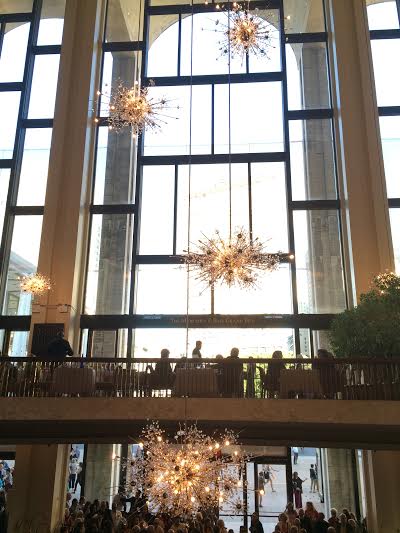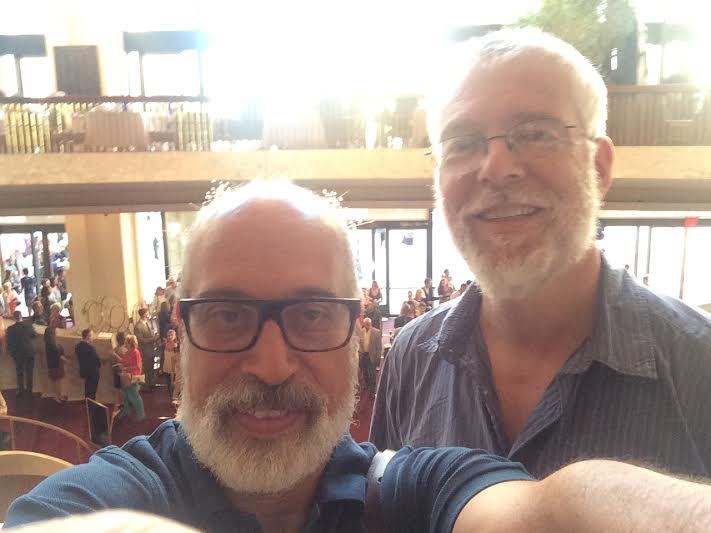
“Another World, Another Time… In the Age of Wonder. A thousand years ago, this land was green and good, until the Crystal cracked. For a single piece was lost; a shard of the Crystal. Then strife began, and two new races appeared: the cruel Skeksis… the gentle Mystics.” (photo from The Dark Crystal)
Puppeteer Jim Henson (1936-1990) was born in Greenville, Mississippi on September 24. He created the Muppets, including Kermit the Frog, and Bert and Ernie, entertaining and educating generations of children via the daily TV show Sesame Street. He also oversaw The Muppet Show and several Muppet movies. But his non-Muppet feature, The Dark Crystal, was a stunning visual adventure into a fantasy world previously unexplored.
The Dark Crystal’s theatrical release in 1982 was overshadowed by competition over the Christmas of that year, including Tootsie and the already massively successful E.T. the Extra-Terrestrial. In 2008, the American Film Institute nominated this film for its Top 10 Fantasy Films list.
I always liked the Dark Crystal story line and the characters. It is a classic fairy tale in the style of the original un-sanitized Brothers Grimm collection; in fact, it was Henson’s intention was to “get back to the darkness of the original Grimms’ Fairy Tales”, as he believed that it was unhealthy for children to never be afraid. When he was conceptualizing the evil Skeksis, Henson had in mind the Seven Deadly Sins, though because there were 10 Skeksis, some sins had to be invented or used twice.
I remember the day in May, 1990 of Henson’s funeral at the Cathedral of St. John the Divine. All the Muppet characters attended and sang a medley of Henson’s favorite songs. Life magazine described it as “an epic and almost unbearably moving event.”



